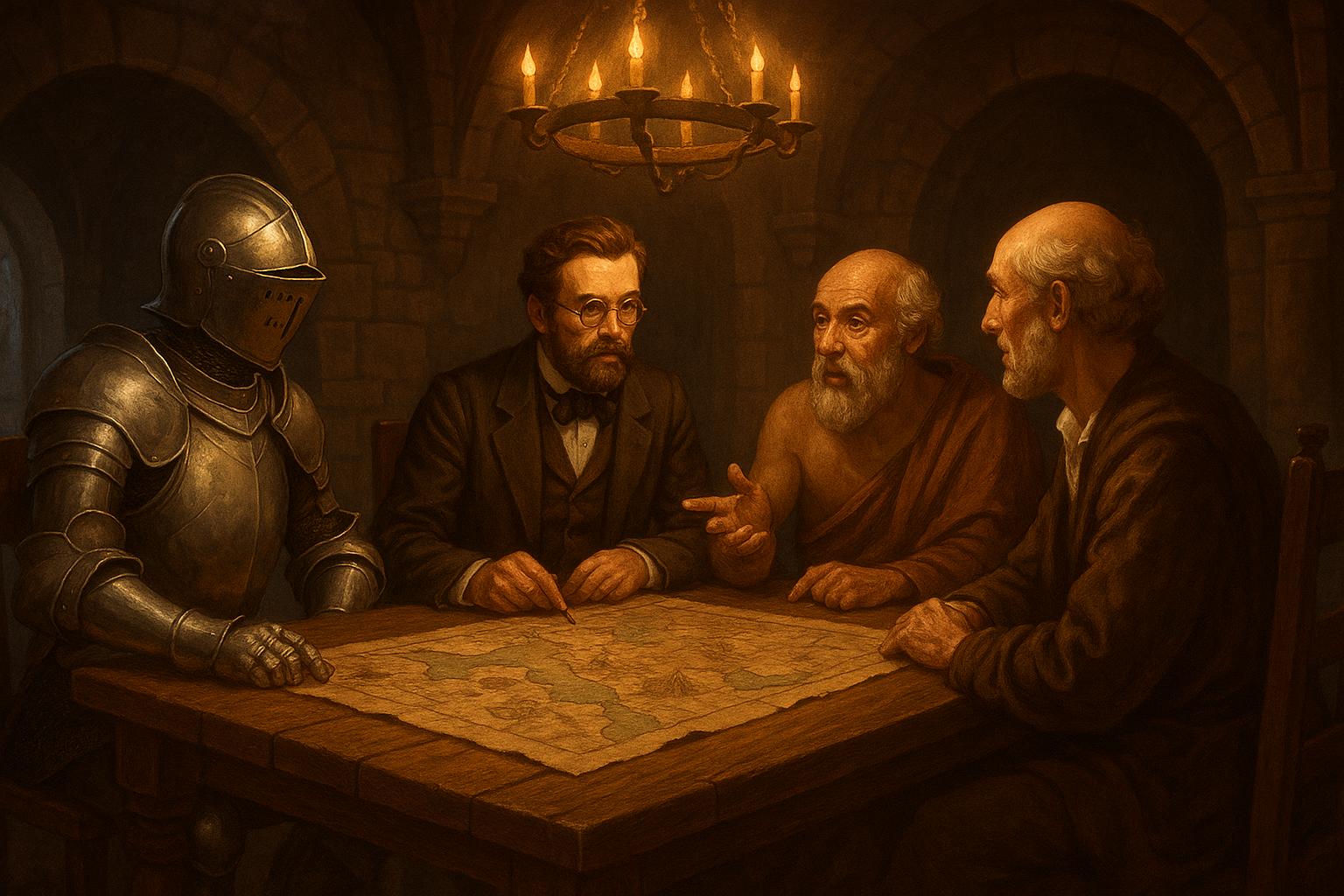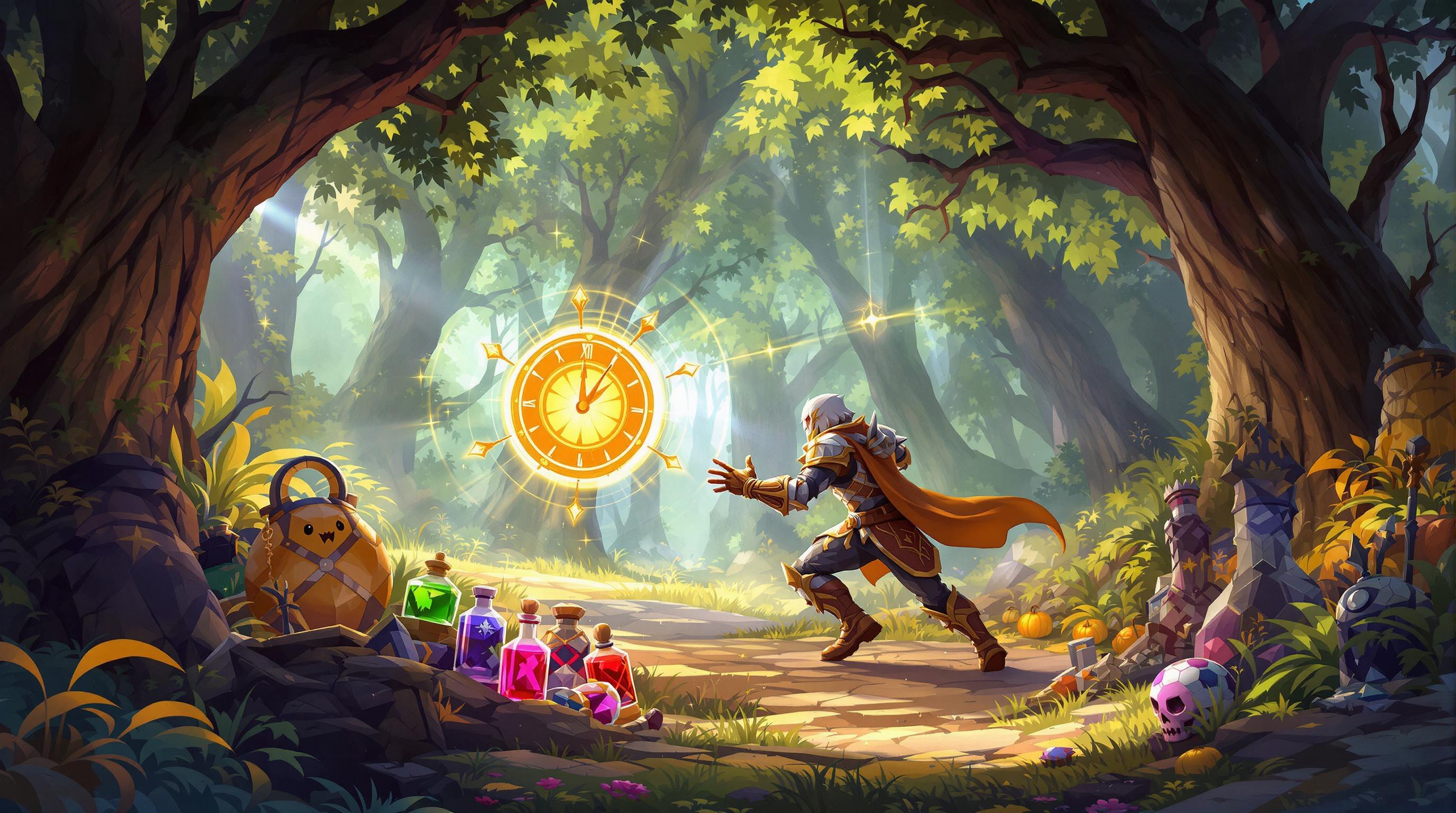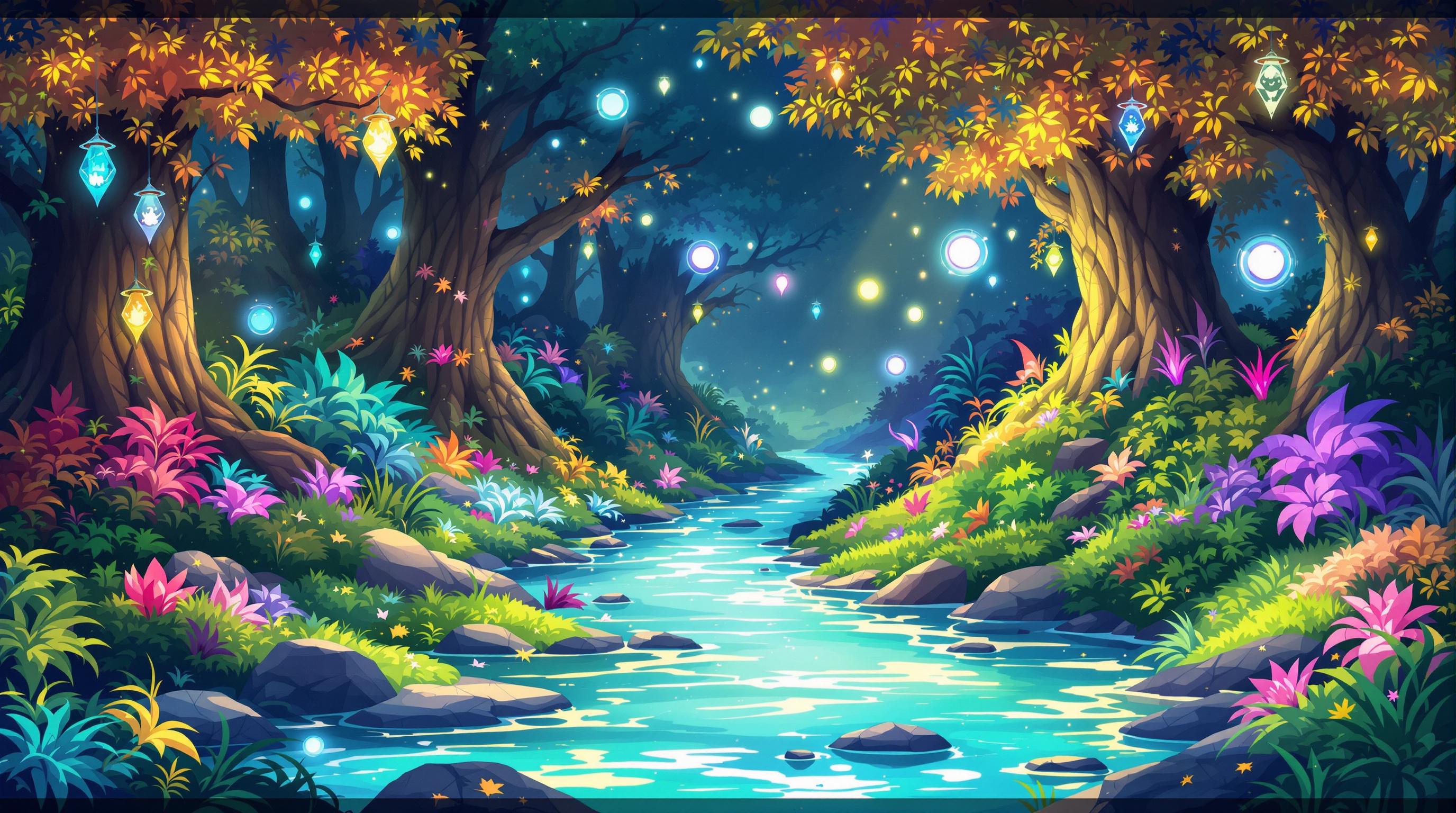Social class systems are central to many dystopian tabletop RPGs, shaping both gameplay and storytelling. This article reviews how three popular RPGs - Dystopia, Neurocity, and Mörk Borg - utilize social hierarchies to drive player choices and narrative depth. Here’s a quick summary:
- Dystopia: A cyberpunk world where corporate power defines rigid class divides. Players navigate a dynamic system where choices impact societal standing and gameplay perks.
- Neurocity: Features a strict three-tier hierarchy (Upper, Middle, Lower) that dictates resources, abilities, and interactions. A status point system allows limited mobility but comes with trade-offs like increased surveillance.
- Mörk Borg: Offers a fluid social system where status evolves with the story, dynamically affecting gameplay, NPC interactions, and access to resources.
Quick Comparison
| Game | Class Structure | Unique Features |
|---|---|---|
| Dystopia | Dynamic, choice-driven | Choices directly affect societal standing |
| Neurocity | Rigid three-tier system | Status points allow limited mobility |
| Mörk Borg | Fluid, story-driven | Status evolves dynamically, impacting gameplay |
Each game brings a unique take on class systems, offering players different ways to engage with themes of inequality and power. Whether you prefer rigid hierarchies, dynamic progression, or chaotic unpredictability, these RPGs provide rich worlds to explore.
Cyberpunk Red - RPG Review
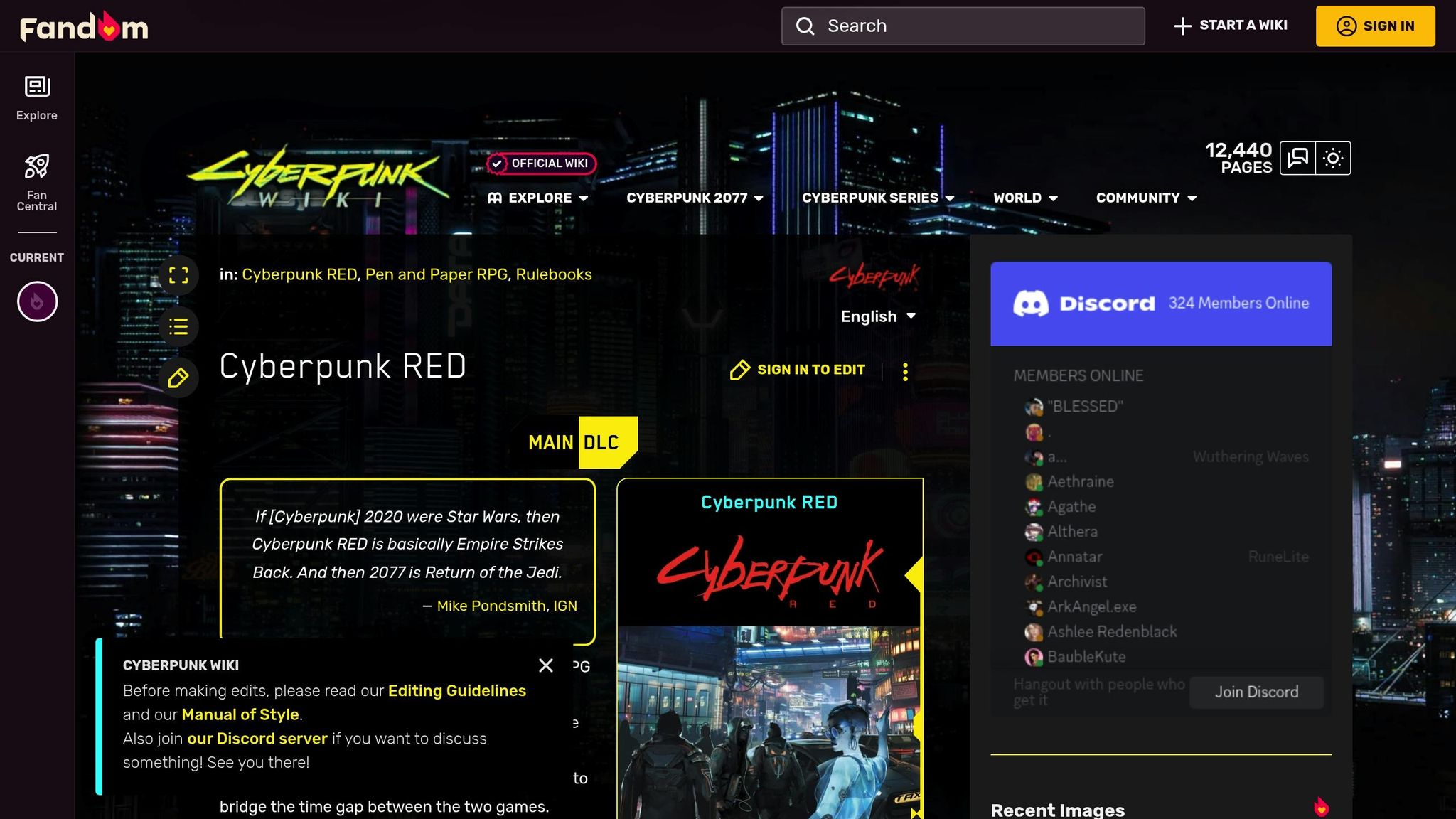
1. Dystopia's Class Structure
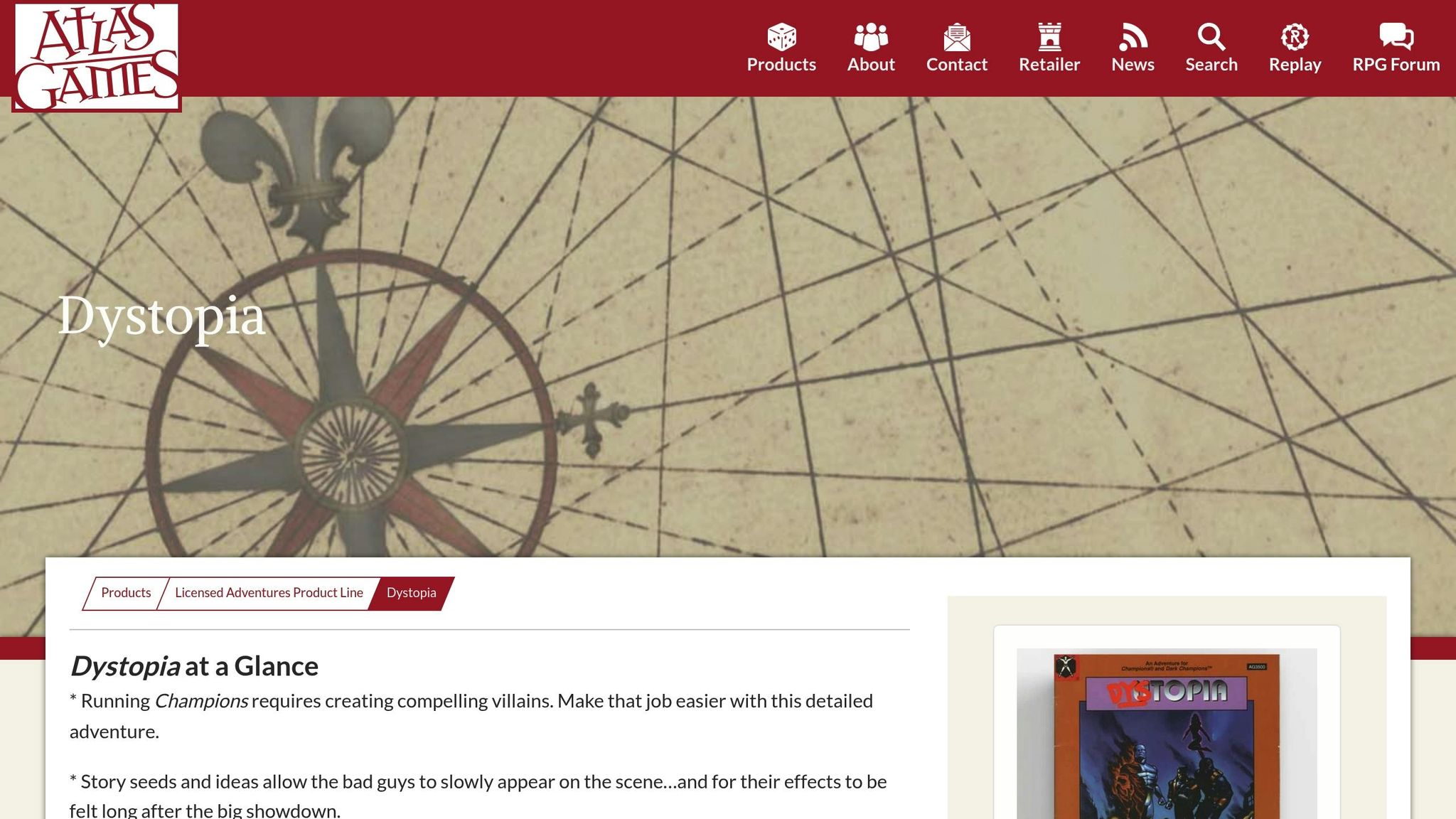
In Dystopia, the class system is designed to be dynamic, where every choice you make - whether it's forming alliances, managing resources, or building your influence - directly impacts your character's position in society. This ever-changing system not only provides immediate perks during gameplay but also shapes your character's long-term development and adds layers of depth to the story.
2. Neurocity's Social Tiers
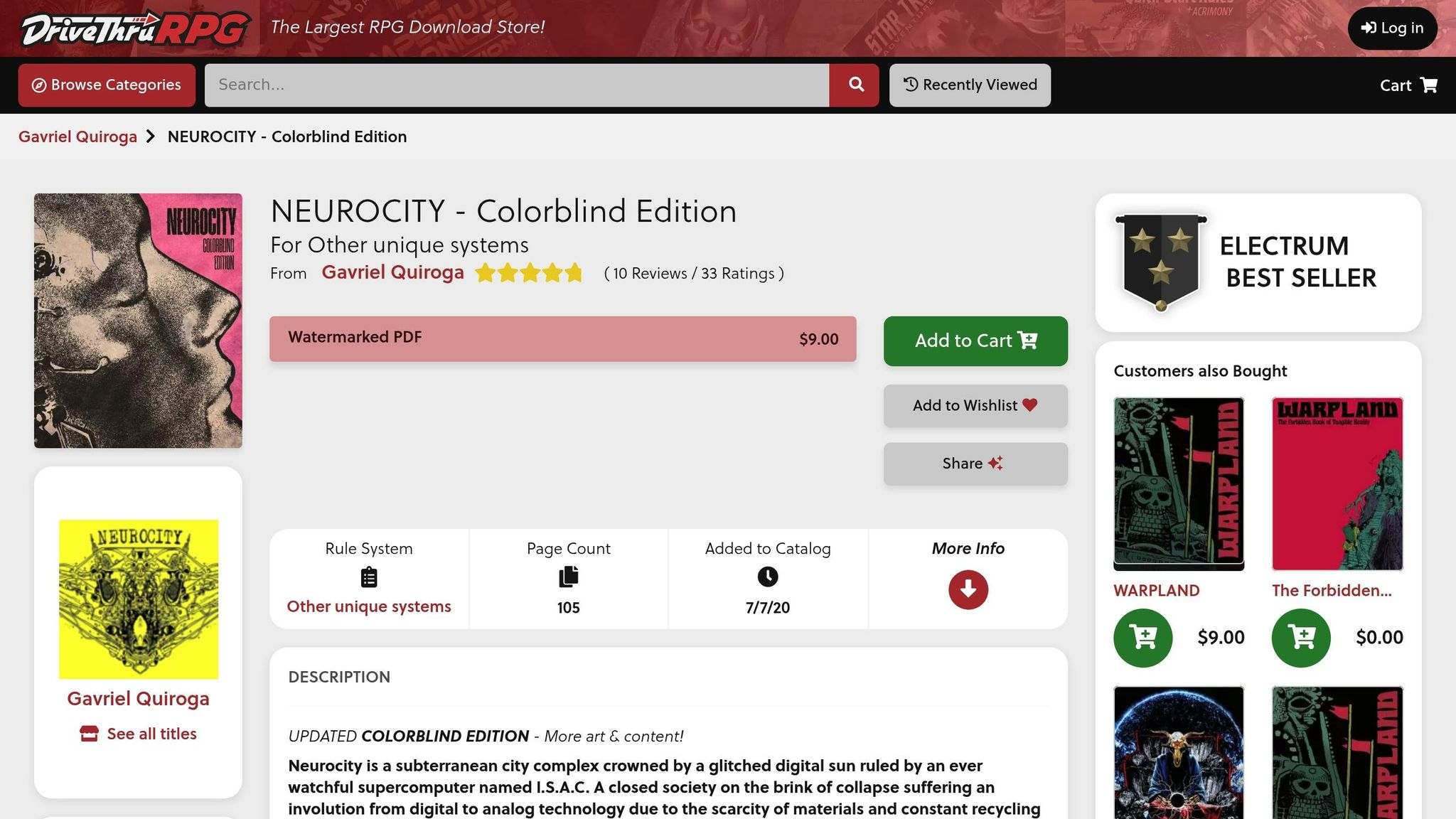
Neurocity's gameplay thrives on its rigid three-tier social system, a hallmark of dystopian storytelling. This hierarchy not only dictates a character's starting resources and abilities but also shapes their interactions, choices, and progression throughout the game. Here's a closer look at how each class operates and the unique dynamics they bring to the table:
| Social Class | Privileges | Limitations | Unique Features |
|---|---|---|---|
| Upper Class | Access to advanced equipment, authority over others, entry to restricted zones | Constant monitoring, strict behavioral expectations | Bonuses in technology and command abilities |
| Middle Class | Basic freedoms and standard resources | Restricted movement, limited authority | Balanced skill modifiers and moderate surveillance |
| Lower Class | Stealth perks and connections to underground networks | Scarce resources, heightened scrutiny from authorities | Bonuses in street knowledge and black market access |
The game introduces a dynamic status point system that allows players to shift their social standing. While climbing the social ladder unlocks new freedoms and privileges, it also comes with increased surveillance and stricter societal expectations.
The environment further emphasizes these divisions. Upper zones are sleek, tech-heavy areas under constant watch, while lower zones are gritty and neglected, offering more freedom from oversight but fewer resources. These contrasting settings influence missions, strategies, and how players navigate the world.
Each class brings distinct strategic advantages to the gameplay. Upper-class characters leverage authority and cutting-edge technology, middle-class players balance moderate privileges with caution, and lower-class characters rely on stealth and underground networks. The interplay between these classes creates tension and enriches both the narrative and the overall gaming experience.
sbb-itb-b8b00a5
3. Mörk Borg's Status System
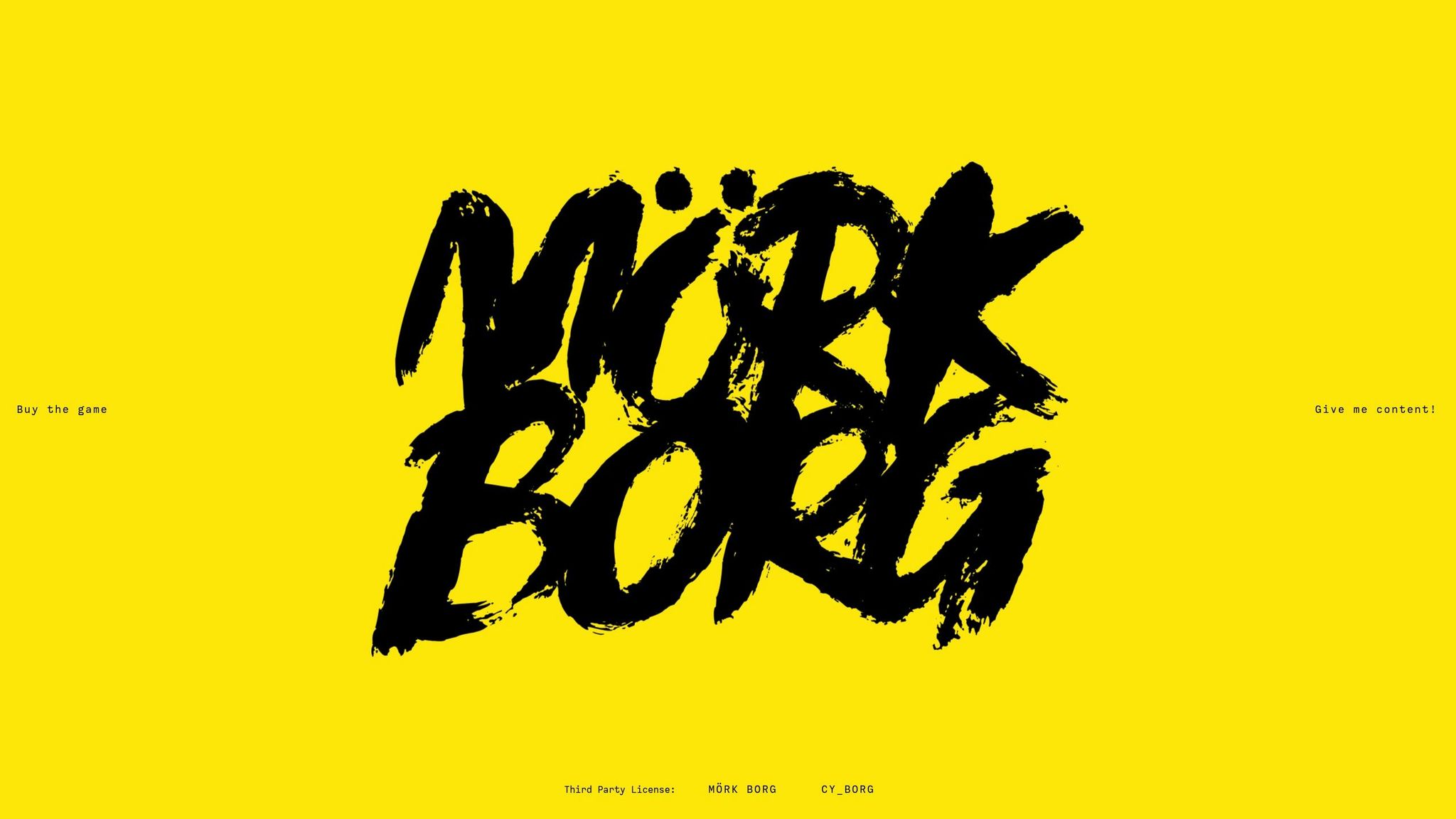
Mörk Borg takes a unique approach to social class by introducing a status system that adapts as the story progresses. Instead of relying on rigid, predefined classes, the game allows social standing to change organically based on the unfolding narrative. This evolving status doesn't just affect the story - it also impacts gameplay mechanics.
For instance, shifts in status can influence encounter results, modify skill checks, and determine the rewards players receive. Beyond that, it also shapes how NPCs interact with characters, what areas players can access, and even the overall direction of the story. This fluid system ensures that a character's journey feels dynamic and deeply tied to the world around them.
Game Comparison Results
Examining how social class is woven into each game's narrative reveals distinct storytelling approaches. Here's a breakdown of how these games handle the concept:
| Aspect | Dystopia | Neurocity | Mörk Borg |
|---|---|---|---|
| Story Integration | Class-specific storylines highlighting struggles against rigid hierarchies. | Quests tied to geographic zones, emphasizing territorial conflicts. | Dynamic narratives driven by shifting social standings and unpredictability. |
This table captures how each game's narrative is influenced by its class system.
Dystopia builds its story around a rigid class structure, emphasizing the challenges and inequalities that come with a fixed social order. Neurocity, on the other hand, uses geographic divisions to shape its quests, focusing on territorial struggles and the difficulties of social mobility. Meanwhile, Mörk Borg takes a different route, allowing characters' social standings to shift, creating a chaotic and ever-changing narrative landscape.
Each game leverages its approach to social class to enrich its world, offering players a unique lens through which to experience the story.
Final Assessment
Dystopia's rigid, multi-tiered class system plays a central role in shaping both its narrative and gameplay. This structure creates clear choices and consequences, making it a standout feature of the game’s design.
The game’s focus on class struggles - where lower classes face restrictions while upper classes enjoy privileges - adds depth to both the story and the mechanics. This approach contrasts with Neurocity’s emphasis on technological and corporate influences and Mörk Borg’s flexible status system. Dystopia’s thematic consistency offers a unique lens for evaluating player feedback and engagement.
Experts have noted that this clarity in theme and mechanics enhances storytelling. However, they also caution that the rigidity of the system might require careful balancing to ensure all players remain actively involved and invested.
Social stratification is a recurring theme across these titles, but Dystopia stands out for its strong focus on class dynamics. For those particularly interested in exploring such themes, the TTRPG Games Directory offers detailed insights to help guide your decision. Some of Dystopia’s key strengths include:
- Quick and meaningful character creation that emphasizes class distinctions
- Clear mechanical effects of class status on gameplay
- A seamless connection between its mechanics and narrative themes
While Neurocity leans into technological progress and Mörk Borg embraces a more fluid social structure, Dystopia remains firmly rooted in its stratified societal design. This makes it an excellent choice for groups eager to explore themes of inequality and social justice, offering a system that balances narrative depth with mechanical precision.
FAQs
How do social class systems in 'Dystopia' influence player strategies and choices?
The social class systems in Dystopia bring an added layer of depth to the gameplay, shaping both strategies and decisions players make. Each class comes with distinct perks, drawbacks, and story-driven possibilities, pushing players to adjust their tactics based on their character's position in society. For instance, characters from the upper class might enjoy access to greater resources or wield political power, while those from the lower class could thrive in underground networks or display exceptional survival skills.
This system doesn’t just affect gameplay mechanics - it enhances role-playing by encouraging players to fully embrace their character's societal role. By tapping into these class-based features, players can craft more immersive and strategic experiences that align with their character's background and ambitions.
What are the pros and cons of playing a lower-class character in Neurocity?
Playing a lower-class character in Neurocity brings a distinct and thought-provoking angle to the game.
The perks? These characters often have a closer connection to the struggles of everyday life, unlocking rich opportunities for role-playing and storytelling. They may also have ties to underground networks or access to hidden resources that those in higher social tiers might never discover.
The challenges? Lower-class characters often grapple with systemic discrimination, limited resources, and reduced sway in the game’s social and political arenas. While these hurdles can be tough, they also add depth to the experience - perfect for players who thrive on navigating adversity and crafting compelling narratives.
How does Mörk Borg’s flexible status system shape the narrative and enhance player engagement compared to traditional class-based RPGs?
Mörk Borg shakes up the traditional RPG formula with its flexible status system, moving away from rigid class structures. Instead of forcing characters into predefined roles, the game opens the door for players to shape their characters naturally, letting development and decisions flow with the story.
This design creates a deeper connection to the narrative, as characters grow and change based on their actions and the twists of the plot, rather than sticking to fixed archetypes. The outcome? A gameplay experience that's unpredictable, engaging, and keeps players fully immersed in their characters' evolving stories.
